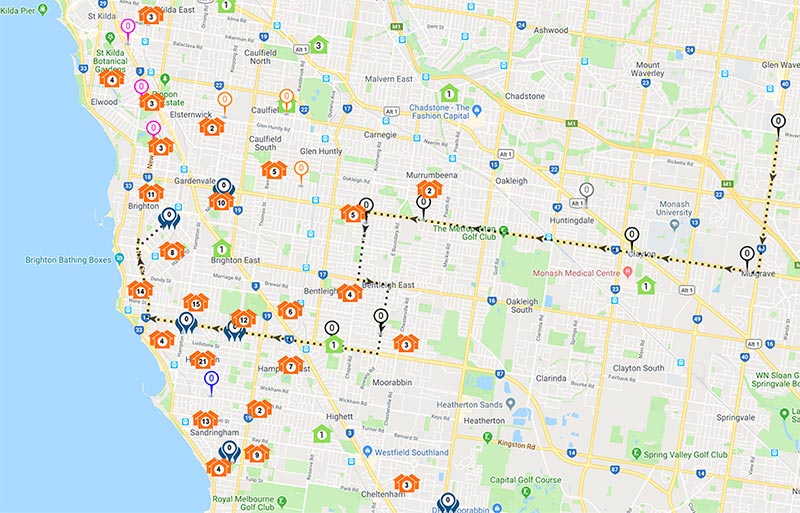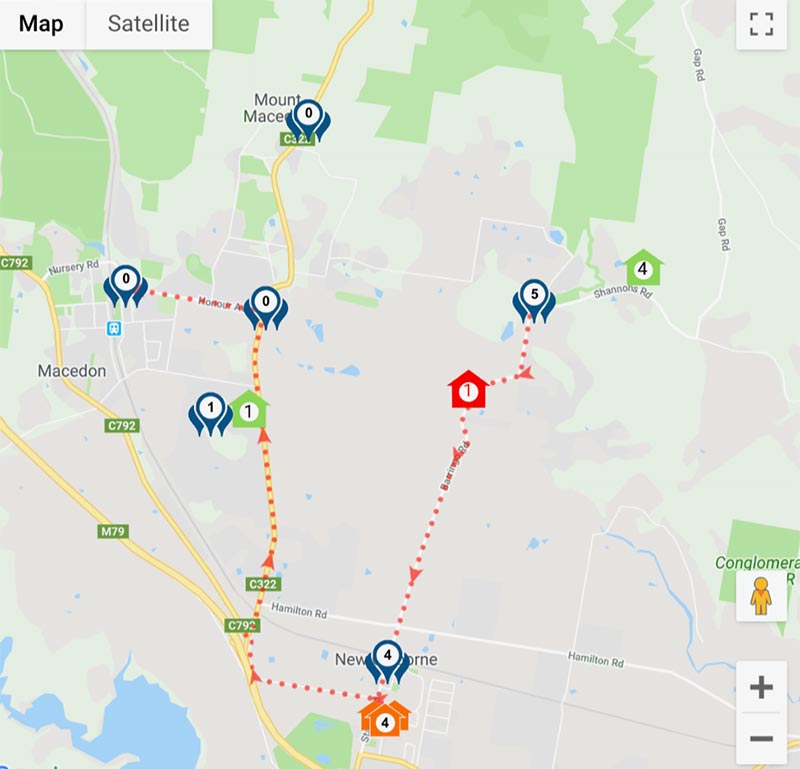Why it’s important to measure school bus commutes
I was a bus traveller when I was a student. Each day I travelled for one hour each way. I accepted it as my lot and just the result of my parent’s choice of school for me to attend.
I remember reading a lot, doing some homework and chatting to the other kids around my seat. One of my most vivid memories was the tiredness I felt at the end of the journey and the compounded tiredness at the end of the week. I would get home and just feel like resting. Finding the motivation to do more than just plonk myself in front of the TV was very hard. Of course, I did do more, because the nightly edition of Get Smart came to an end and we had to go out and do our chores (and avoid Kaos).
The point I am making is that long commutes on buses take their toll on our youngest citizens. As the adults charged with the management of school bus networks, we have an obligation to firstly, measure the transit times and secondly, improve them where it is possible.
Fast forward to 2019 and we know that the average time a student spent in transit on a RollCall equipped bus in August was 42 minutes. We know this because we measured over 785,000 journeys in August 2019.
The average time a student spent in transit on a RollCall equipped bus in August was 42 minutes.
What are some of the effects of these long commutes and why is it important to measure them?
Lack of sleep
Research out of the United States has found that students that spend long periods of time commuting have their sleep patterns disturbed. This research has found that 1 minute on a commute converts to 1.3 minutes lost sleep. Why is this important? Because all children need adequate sleep to function at high levels. Not only that, we now know that lack of sleep can lead to a host of health problems including obesity and mental health issues. Reference
Missing out on life
Long commutes on buses can have other knock-on effects. In rural areas, long commutes can determine if students can get back to their local communities to participate in local sport and cultural activities. It is important that students do both, in order to build and maintain their sense of community belonging, not to me activities for the precious time left in the day.
Too much screen time
There is one other issue that needs to be discussed. Is bus time just unsupervised digital time? Talk to any bus driver and they will confirm that it is exactly that. Bus drivers we speak to report that kids have their heads buried in their devices for sometimes the entire trip – only looking up to get off the bus (and sometimes not even then).
“Let the kids relax”, I hear you say. And yes, you may be correct to an extent – and I’m not for a moment suggesting we ban digital devices on buses. But let’s be honest, the world seems to be hooked on smartphones, and long bus trips provide the perfect environment for uninterrupted screen time. Is this a problem I hear you ask? Well, recent studies have found that blue screen time releases dopamine in children’s brains and it is this release that ensures they are glued to their screen for the next hit of adrenaline. It creates anxiety and stress for our young people. Remember, they don’t have the benefit of an adult brain to balance these chemical reactions. Take the time to read Teen Brain by David Gillespie if you would like to know more.
Ever wondered why your children seem to be in an agitated and aggressive mood as they get off the bus? If they have just been immersed in their smart phone there is a good chance their bodies are coursing with dopamine. It is also not the ideal state for a young mind to be in at the start of a school day either, hardly in the right state for learning.
What can we do about all this?
Well, I wish I could wave a magic wand and teleport all the children to school. Unfortunately, the reality is we will always have rural students who need to be bused into school and parents will select schools for their children that are far from home. In an enormous country like Australia this is just part of life. But that doesn’t mean we shouldn’t try everything in our power to reduce long school bus commutes.
RollCall has tackled the issue head-on.
Here at RollCall we always say “If you can measure it, you can improve it”. So that’s exactly how we start our 3 step process.
- We measure the time students spend on the bus. No guess work, just good data.
- We have a series of bus trip performance KPI’s that ensure buses are meeting critical time milestones.
- Critically, we provide a route planning and measurement tool called Smart Route to optimise the school bus routes.

How does Smart Route Help?
Smart Route lets you plan your routes to best meet the needs of students by:
- Mapping the bus travelling cohort, you can map the stops that meet critical safety criteria and reasonable proximity to the service clusters of students in the area.
- Smart Route lets you also map the non-bus travelling cohort. Why? Because some of these students could potentially become bus travellers and in some cases create bus routes that are shorter if the volume of bus travellers goes up. I know this sounds counter intuitive but it does work in many situations. Our consulting work with schools for Smart Route reveals it time and again.
- Smart Route allows you to project transit times. Move the stops around and see if it makes a difference. Move the stops from one route to another when possible and see if you can get the route transit times to reduce across the board. Smart Route allows you to see all possibilities with just a few clicks.
- Change the order of the PM routes and maybe the first students on in the morning can be the first off in the afternoon. The possibilities are endless, and Smart Route’s accurate transit time projection allows schools and bus companies to ensure their routes are efficient as possible.

For a free demonstration of RollCall, Smart Route and what it can do for your school please contact the staff at RollCall.
